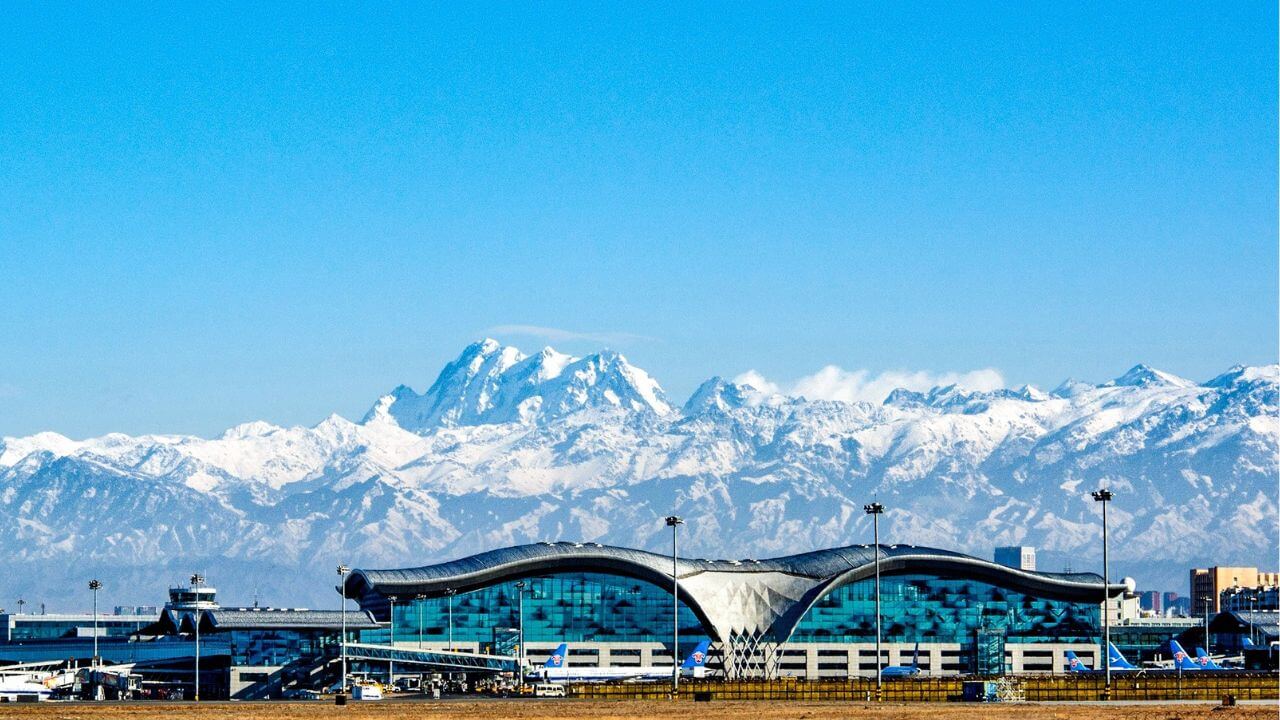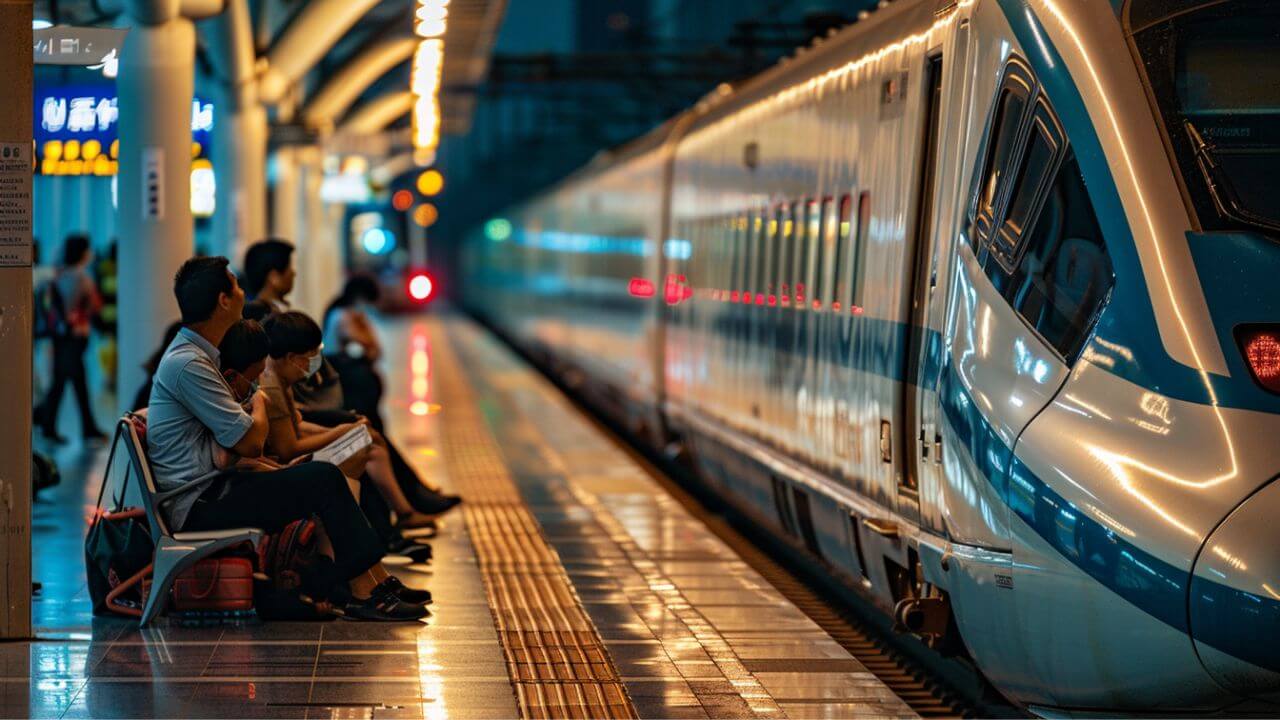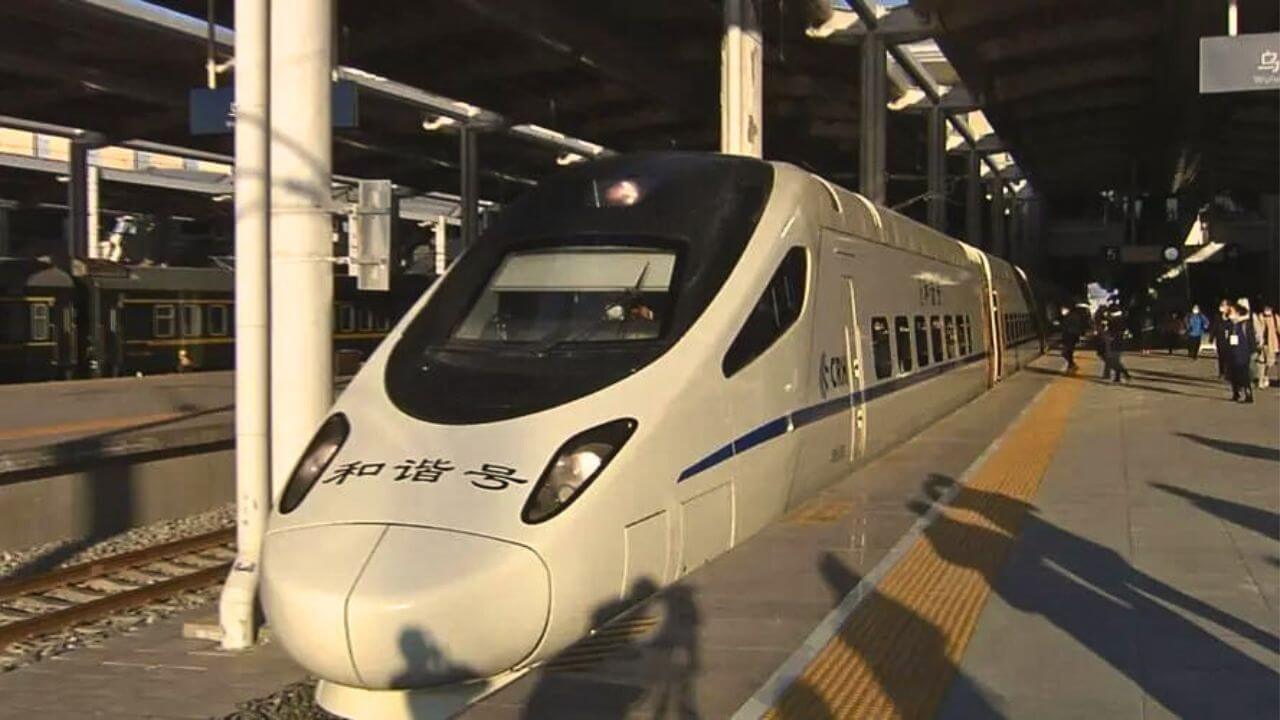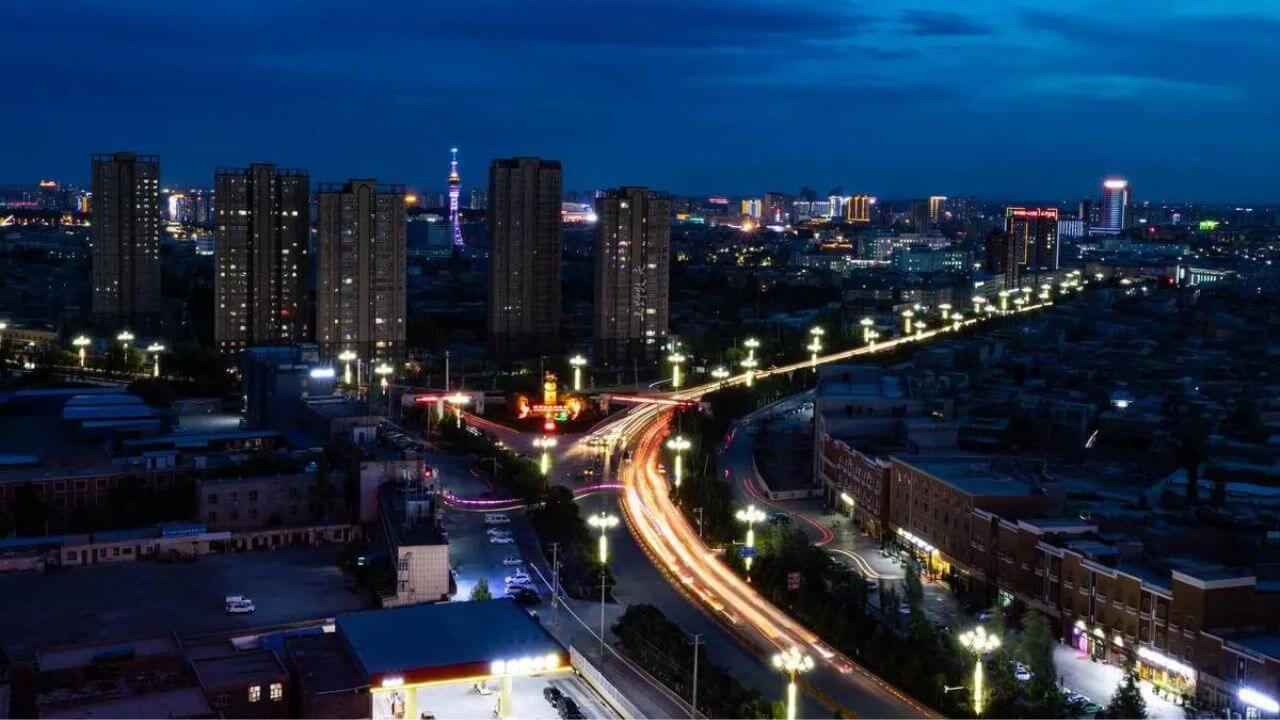Xinjiang transportation offers many options for traveling across its vast and varied terrain. Key cities like Urumqi, Kashgar, and Turpan are connected by an extensive network of roads and highways, including the G30 and G312. The railway system, with Urumqi as a central hub, provides efficient long-distance travel, including high-speed connections to other regions. Air travel is also well-serviced by multiple airports, with Urumqi Diwopu International Airport being the largest. Within cities, public buses and taxis are common, though remote areas may have limited options.

Getting to Xinjiang
By Air:
- Urumqi Diwopu International Airport (URC):
- Located in Urumqi, the capital of Xinjiang, this is the main gateway to the region.
- The airport handles numerous domestic flights from major Chinese cities like Beijing, Shanghai, Guangzhou, and Chengdu.
- International flights connect Xinjiang with Central Asian countries and some European destinations.
- Airport shuttle buses, taxis, and ride-hailing services are available for transport to the city center.
By Train:
- High-Speed Rail:
- High-speed trains connect Urumqi with major cities like Lanzhou and Xining, providing a faster and more comfortable travel option.
- Regular Trains:
- Traditional rail services link Xinjiang with the rest of China, including routes from Beijing, Shanghai, and Chengdu. The journey can be long but offers scenic views of China’s diverse landscapes.
By Bus:
- Long-distance buses connect Xinjiang with neighboring provinces. While cheaper, bus travel is slower and less comfortable compared to trains and flights.
By Road:
- Self-driving or hiring a car is an option for those who enjoy road trips. Major highways connect Xinjiang with other parts of China, though the distances are significant.

Transportation Around Xinjiang
By Air:
- Regional Airports:
- Xinjiang has several regional airports, including those in Kashgar, Hotan, Karamay, and Turpan, offering domestic flights to Urumqi and other Chinese cities.
- Domestic Flights:
- Domestic flights are a convenient way to cover the vast distances within Xinjiang quickly.
By Train:
- High-Speed Rail:
- High-speed rail services within Xinjiang connect Urumqi with cities like Turpan and Hami, reducing travel time significantly.
- Regular Trains:
- Traditional trains are available for travel between major cities and towns in Xinjiang. They are slower but can be more scenic.
By Bus:
- Intercity Buses:
- A comprehensive network of intercity buses connects towns and cities within Xinjiang. Buses are an economical option for traveling around the region.
- Local Buses:
- Local buses operate within cities and towns, providing an affordable way to get around.

By Car:
- Car Rental:
- Renting a car is an option for those who prefer to travel at their own pace. Major cities have car rental agencies, but be prepared for long drives and varying road conditions.
- Taxis and Ride-Hailing:
- Taxis are available in cities and towns, and ride-hailing apps like Didi are also in use. Negotiate fares for longer trips or agree on the meter for shorter rides.
Bicycles and E-Bikes:
- Bike Rentals:
- Bicycles and e-bikes can be rented in some cities, offering a flexible and eco-friendly way to explore local areas.
- Cycling:
- Cycling can be a great way to see the countryside and smaller towns, though it’s less practical for long-distance travel due to Xinjiang’s vast size.
Walking:
- Pedestrian Areas:
- Walking is an excellent way to explore city centers, markets, and historical sites. Many urban areas are pedestrian-friendly.
- Hiking:
- Xinjiang offers numerous hiking opportunities, especially in the mountainous regions and national parks. Guided hikes can enhance the experience and ensure safety.

Tips for Getting Around
- Language: Mandarin is widely spoken, but learning a few basic phrases in Uyghur can be helpful. Signage in major tourist areas is often bilingual (Mandarin and English).
- Local Guides: Hiring a local guide can enhance your experience, especially in areas with significant cultural and historical importance.
- Weather Considerations: Xinjiang’s climate varies greatly; ensure you are prepared for weather conditions specific to the region and season of your visit.

Helen Wang
Travel Advisor & Guide Expert
I started my travel career in 2005 and have since become an expert in Tibet and China’s travel destinations and helping travelers plan unforgettable trips.
For expert travel advice to China or Tibet, feel free to contact me.